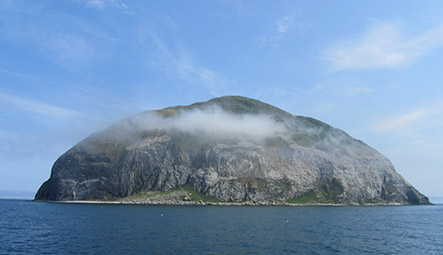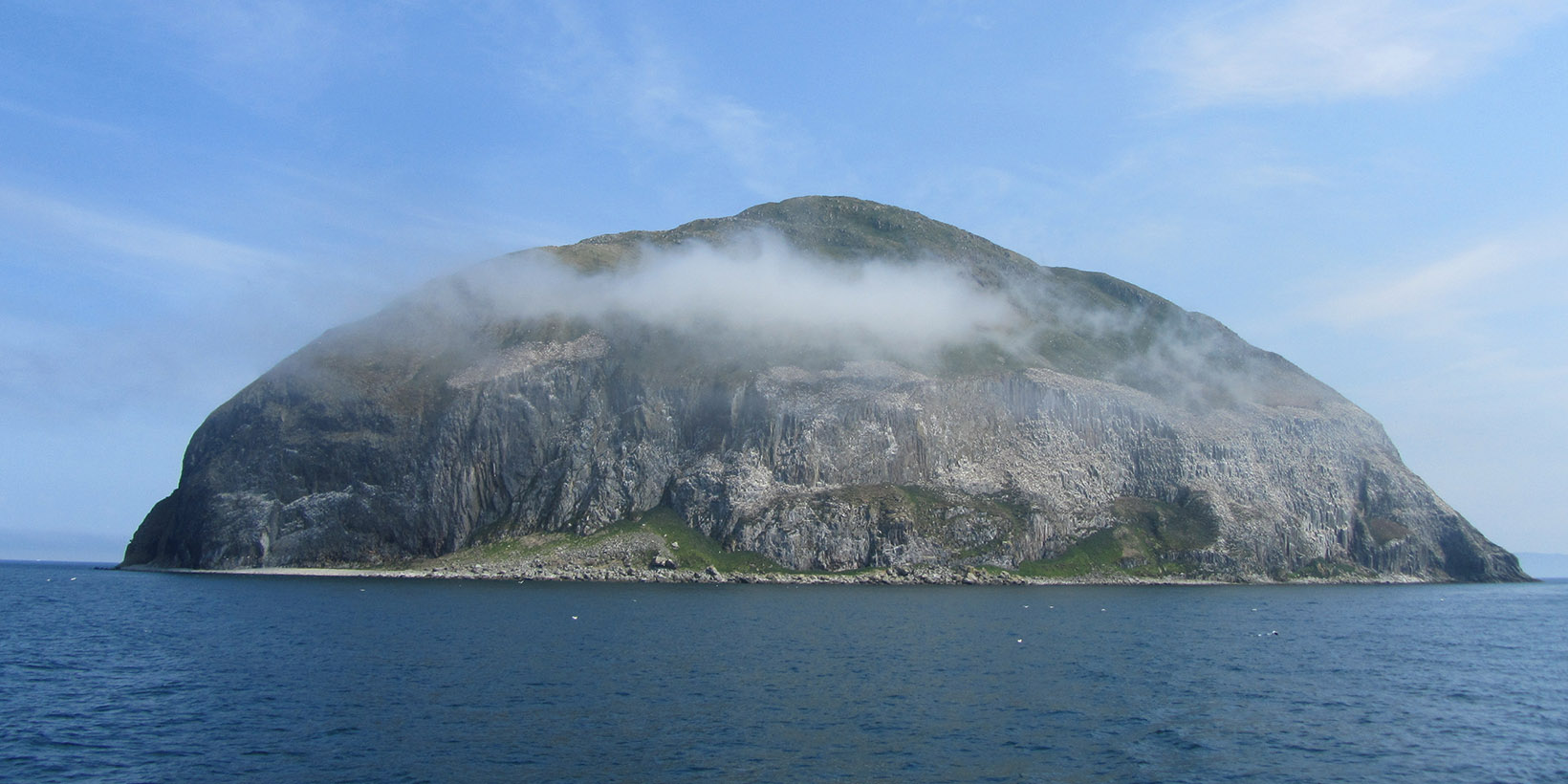Legends of Scotland – Tales From Splendour’s Wheelhouse.
From mythical monsters and giants to clan chiefs with superhuman powers and tales of tragic, unrequited love, Scotland is a land filled with myths and legends.
Splendour sails through the heart of where many of these stories are based and during the Year of Coasts and Waters we’re going to share some of our favourite stories with you.
The Gourock Sea Serpent – Clyde
When you join us on a spring or autumn cruise, you’ll board Splendour from our home port at the Holy Loch. After you’ve met your fellow guests and crew, had a glass of something delicious, and are ready for your cruise, we’ll be underway. As Splendour heads down the Clyde, look towards Gourock. What is now Western Ferries’ McInroy’s Point terminal was the site of a phenomenon which is steeped in legend and referred to as The Gourock Sea Serpent.
The year was 1942 and Britain is in the middle of the Second World War. Council worker, Charles Rankin, who is the Burgh Surveyor of Gourock, has just spotted something washed up on the beach at McInroy’s Point.
Mr. Rankin immediately recognises the beast as a… it’s nothing he’s ever seen before. Measuring around 28ft (8.5 meters), the creature has a very long neck, small flattened head, large eyes, and a sharp muzzle – like a seal, prominent eyebrow ridges, and large pointed teeth in both jaws. It had a long rectangular tail and two pairs of L shaped flippers, but no gills.
It had no bones other than a spine and its smooth skin was covered in 6inch (15cm) long hairs which Mr. Rankin describes as being similar to steel knitting needs, he pulls one out of the creature’s flippers. When he gets back to his office he puts the hair into his desk drawer, and when he goes to look at it, weeks later, he discovers it has dried up into a shape of a coiled spring.
Mr Rankin tells the local paper, ‘The Gourock Times’, that the creature resembles a huge lizard. And that’s all we have to go on, the account of one eyewitness. Nowadays, photos of the creature would be on Instagram immediately with influencers trying to get the perfect selfie! But in 1942, at the height of the war, the Clyde was a restricted zone. The Royal Navy refused all requests for photos and the creature was cut up and buried in the grounds of what was the Municipal Incinerator, now St Ninian’s School.
Was it a type of Shark? Was it a marine reptile that had wrongly thought to be extinct, or was it a cousin of Nessie, the legendary Loch Ness Monster?
So, as we head down the Clyde spare a thought for our own local sea legend. What it was, how it got there, how long the creature had lived in the Clyde, and whether it has any descendants…







“A gem of a holiday. We think we’ll definitely be back in the future to enjoy another trip with Ted and his top team.”
Skye and the Small Isles | July 2023
“Thank you for a brilliant holiday. I loved every bit about it. Food was fantastic. I’ll be back.” Brigitte Jones
Kyles and the Isles | April 2023
“Words fail. Our hearts are full and our souls are refreshed. The trip was amazing.” Bud and Gayle Harris
Private charter | May 2023
“What a wonderful adventure. Thank you Ted and Thomas.” Michael and Ginger Barr
Private Charter | May 2023
“We will always hold our cruise on the Splendour dear in our hearts.”
Arran and Ailsa Craig Wildlife Explorer | May 2023